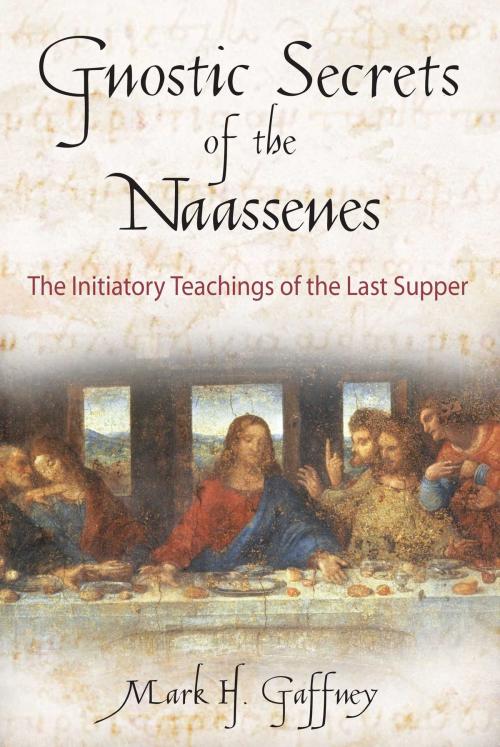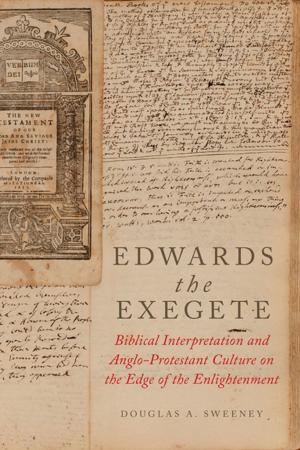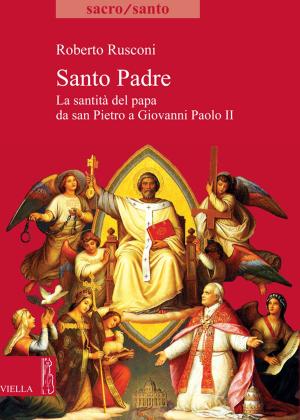Gnostic Secrets of the Naassenes
The Initiatory Teachings of the Last Supper
Nonfiction, Religion & Spirituality, New Age, Mysticism, Christianity, Church, Church History| Author: | Mark H. Gaffney | ISBN: | 9781594776151 |
| Publisher: | Inner Traditions/Bear & Company | Publication: | April 19, 2004 |
| Imprint: | Inner Traditions | Language: | English |
| Author: | Mark H. Gaffney |
| ISBN: | 9781594776151 |
| Publisher: | Inner Traditions/Bear & Company |
| Publication: | April 19, 2004 |
| Imprint: | Inner Traditions |
| Language: | English |
Reveals the hidden meaning of the Grail and a secret Christian doctrine for achieving higher consciousness
• Shows that Gnosticism is not a derivative of Christianity but the revelation of the true message of Jesus
• Describes the ancient relationship between water and spirit
• Explains the doctrine of immanence taught by Jesus at the Last Supper
• Features the translated source text from The Refutation of All Heresies by Bishop Hippolytus, the only existing record of the Naassene Sermon
In the third century C.E., the Catholic Bishop Hippolytus composed A Refutation of All Heresies in which his chief target was the Gnostic sect the Naassenes, whose writings included a recounting of Jesus’ actual teachings at the Last Supper. Contrary to Church attacks, the Naassenes were not a heretical derivative of Christianity but the authentic foundation and purveyor of Christ’s message. In fact, much of what passes as Christianity has nothing to do with the original teachings of its founder.
The message recorded in the Naassene Sermon was intended for an inner circle of disciples who were prepared for advanced initiation into Jesus’ wisdom teachings. The Grail discussed therein was not an actual chalice but a symbol of the indwelling of the divine. The teachings involved the awakening of spirit and included practices aimed at restoring the soul’s lost connection with God. Immanence, in the true sense intended by Jesus, thus allows for spiritual attainment in this life by ordinary individuals without the intermediary of Church or priest. This was the real meaning of the Last Supper and why the Naassenes believed that Jesus was the fulfillment of all the Mystery traditions.
Reveals the hidden meaning of the Grail and a secret Christian doctrine for achieving higher consciousness
• Shows that Gnosticism is not a derivative of Christianity but the revelation of the true message of Jesus
• Describes the ancient relationship between water and spirit
• Explains the doctrine of immanence taught by Jesus at the Last Supper
• Features the translated source text from The Refutation of All Heresies by Bishop Hippolytus, the only existing record of the Naassene Sermon
In the third century C.E., the Catholic Bishop Hippolytus composed A Refutation of All Heresies in which his chief target was the Gnostic sect the Naassenes, whose writings included a recounting of Jesus’ actual teachings at the Last Supper. Contrary to Church attacks, the Naassenes were not a heretical derivative of Christianity but the authentic foundation and purveyor of Christ’s message. In fact, much of what passes as Christianity has nothing to do with the original teachings of its founder.
The message recorded in the Naassene Sermon was intended for an inner circle of disciples who were prepared for advanced initiation into Jesus’ wisdom teachings. The Grail discussed therein was not an actual chalice but a symbol of the indwelling of the divine. The teachings involved the awakening of spirit and included practices aimed at restoring the soul’s lost connection with God. Immanence, in the true sense intended by Jesus, thus allows for spiritual attainment in this life by ordinary individuals without the intermediary of Church or priest. This was the real meaning of the Last Supper and why the Naassenes believed that Jesus was the fulfillment of all the Mystery traditions.















